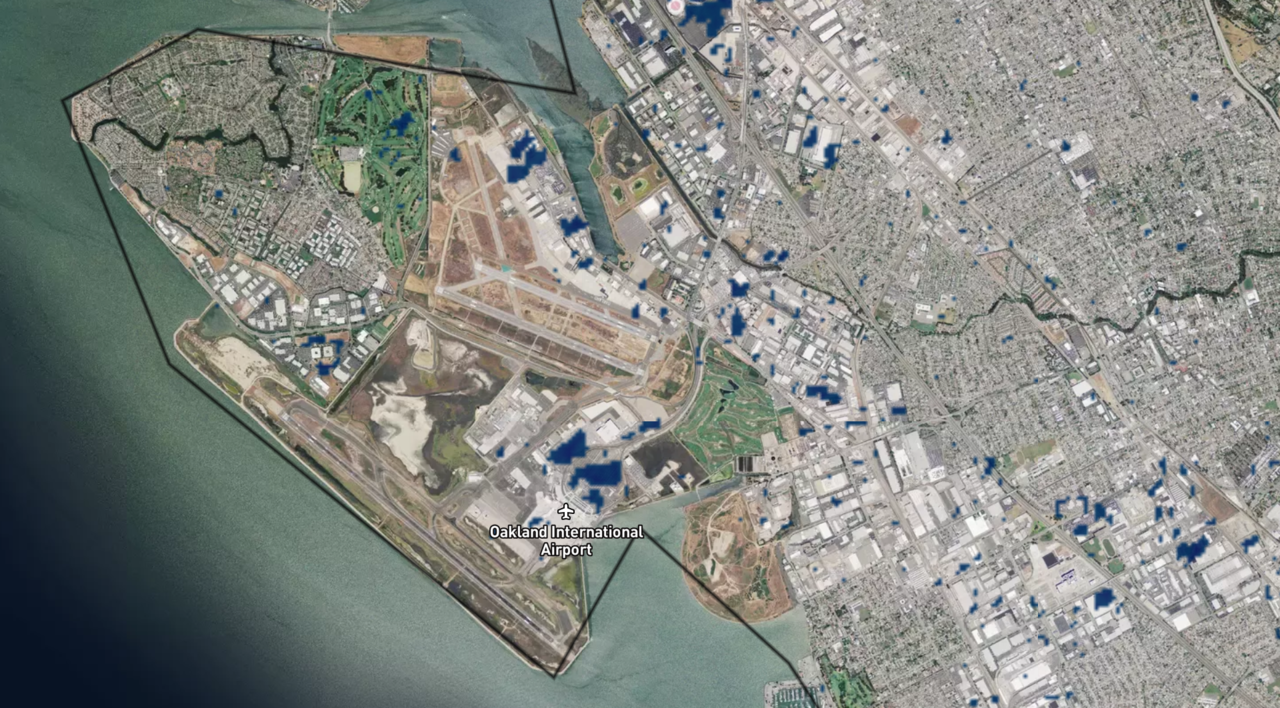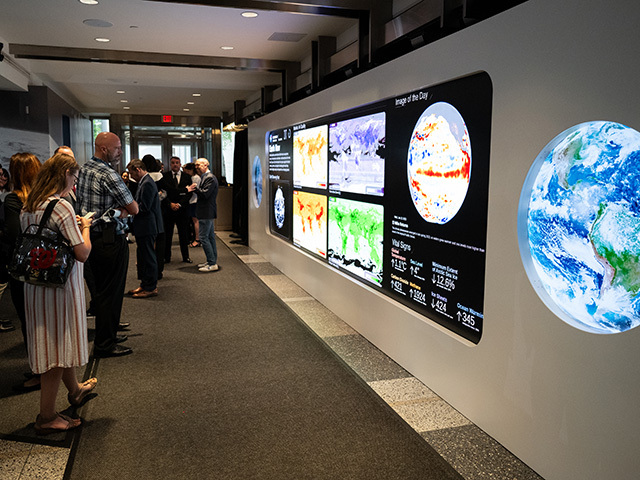Economic and social shutdowns in response to the COVID-19 pandemic have led to noticeable changes in Earth’s environment, at least for the short term. NASA researchers are using satellite and ground-based observations to track these impacts on our air, land, water, and climate. These datasets have been collected in a free and openly available online dashboard.
Nitrogen Dioxide Levels Over San Francisco, California
The NASA COVID-19 Dashboard features data collected by Earth-observing satellites, instruments aboard the International Space Station, and sensitive ground-based networks. The global maps are searchable by several categories of observable change, including economic indicators, such as shipping and construction activity, and environmental factors, such as water quality and climate variations. Investigate the data layers yourself or take a guided tour of how NASA Earth scientists are studying – and learning about – the pandemic’s effects on the Earth system.
NASA scientists use many different tools, datasets, and methods to investigate COVID-related changes in the Earth system. Comparing complementary datasets on the dashboard helps reveal a deeper story of how the environment is changing due to COVID-related shutdowns.

Thermal data from the joint NASA-U.S. Geological Survey Landsat satellite show decreases in the urban heat island effect, a phenomenon where urban areas are significantly warmer than adjacent rural areas, during the pandemic. The left image shows temperatures over San Francisco in April 2018, while the right image shows temperatures over San Francisco in April 2020. Scientists found that large parking lots, highway corridors, and commercial rooftops were on average 10-15 degrees Fahrenheit (5-8 degrees Celsius) cooler from March to May 2020, compared to previous years. Credit: NASA COVID-19 Dashboard.
For example, scientists at NASA’s Ames Research Center discovered that emptier parking lots near closed, non-essential businesses, in combination with cleaner air from less surface transportation, meant that heat from the sun radiating off dark asphalt and cement surfaces did not stay trapped near the ground as long. Instead, heat dissipated quickly, cooling the urban environment. Comparing the data to pre-pandemic years, scientists found that large parking lots, highway corridors, and commercial rooftops were, on average, 10-15 degrees Fahrenheit (about 5-8 degrees Celsius) cooler from March to May 2020.
The NASA COVID-19 Dashboard will be updated with more data and discoveries throughout the pandemic and beyond.






